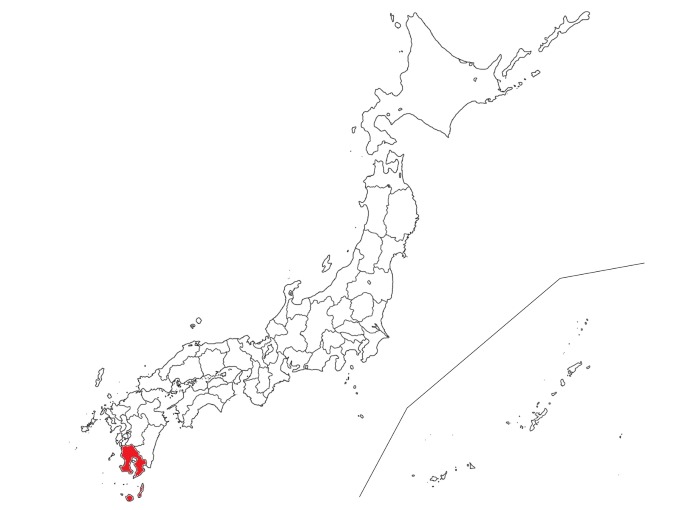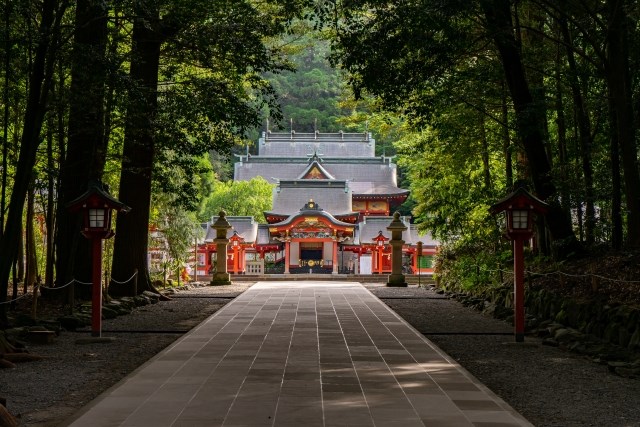Contents
1.Basic Information
Kagoshima Prefecture offers not only historic shrines like Kirishima Jingu and hot spring areas like Ibusuki Onsen but also resort experiences with beautiful white sand beaches and subtropical mangrove forests in Tanegashima, Amami Oshima, and Yoron Island.
Chiran Peace Museum for Kamikaze Pilots
Chiran was the site of a kamikaze pilot base for the Imperial Japanese Army during the late stages of World War II. Kamikaze attacks involved pilots crashing bomb-laden planes into enemy ships, resulting in many pilots losing their lives. The museum displays the portraits and belongings of these pilots, along with the aircraft they used. The aim of the exhibition is to convey the futility of war and advocate for peace and the sanctity of life, to prevent such tragedies from happening again.
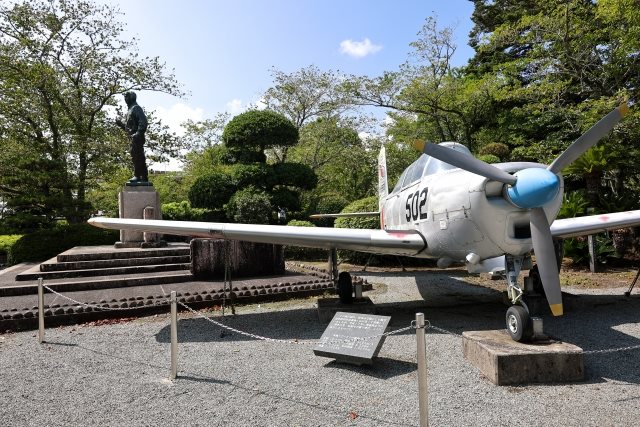
Kirishima Jingu
Located about an hour and 20 minutes by car from Kagoshima Central Station, Kirishima Jingu is a shrine dedicated to Ninigi-no-Mikoto, the main character in Japan’s creation myths. Founded around the 6th century, the shrine was relocated to its current site about 500 years ago. The current shrine buildings were constructed in 1715 by the Shimazu clan, rulers of the Satsuma Domain. Kirishima Jingu hosts over 100 rituals annually, with the Nine-Faced Drum offering on New Year’s Day and February 11th being particularly famous. The surrounding area offers beautiful cherry blossoms in spring and vivid autumn leaves in fall.
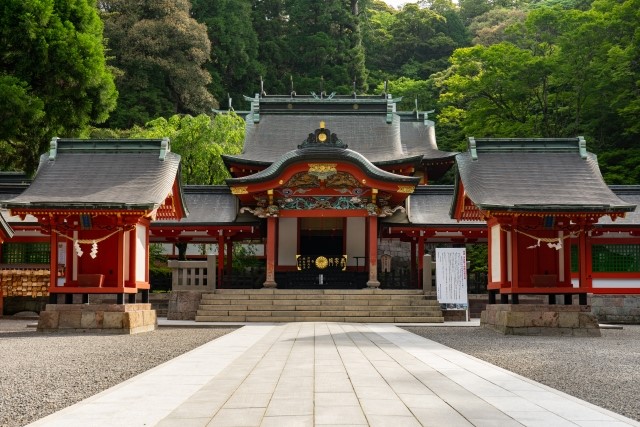
Kagoshima Jingu
Kagoshima Jingu, the largest shrine in southern Kyushu, originally worshipped Sakurajima. The shrine, built in 1756, features dragon carvings and ceiling decorations of plant paintings. The Hatsumasai festival in spring, featuring decorated horses and dancing, and the Hayato Hamakudari festival in autumn, with a warrior procession and portable shrine parading to the sea, are held here.
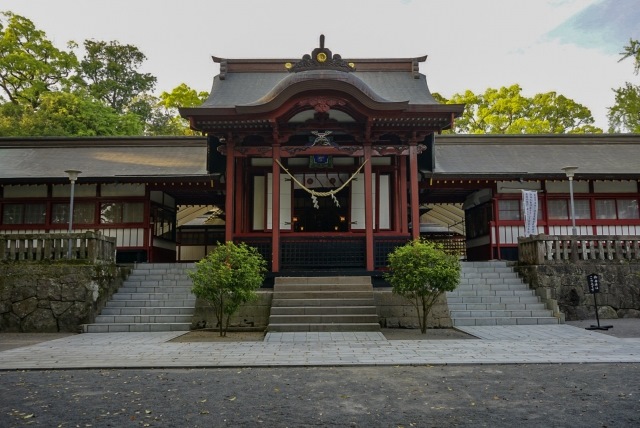
Mt. Kaimon
Known as “Satsuma Fuji,” Mt. Kaimon is an iconic symbol of Ibusuki with its conical shape and an elevation of 924 meters. The mountain offers a 360-degree panorama including views of the Kirishima Mountains and Yakushima Island. The climbing trail is gentle, making it accessible to people of all ages.
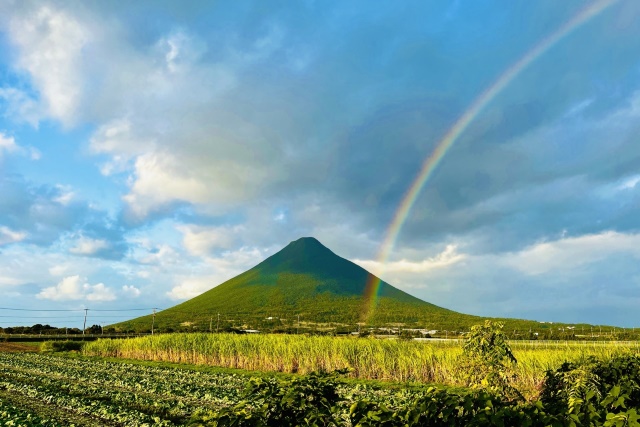
Ibusuki Onsen
Ibusuki Onsen, located on the Satsuma Peninsula, is one of Kyushu’s leading hot spring areas with over 1,000 spring sources. The hot spring water is rich in metasilicic acid, known for its skin-beautifying properties. The area is particularly famous for its natural sand steam baths on Saraku Beach. These baths, with a history of over 300 years, offer a unique experience of being buried in sand heated by hot springs. The efficacy of the sand steam baths has been scientifically explained, attracting tourists from both Japan and abroad.
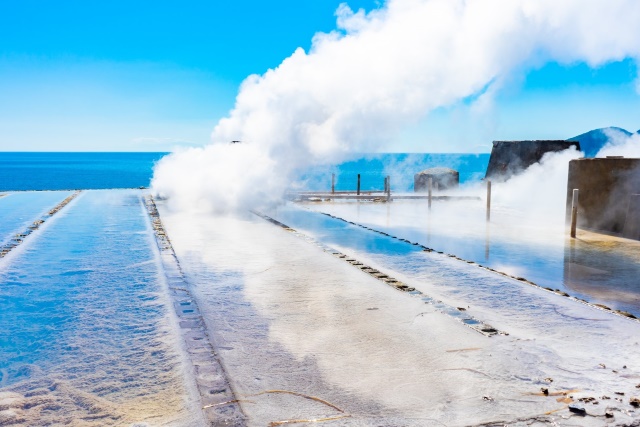
Tanegashima
Tanegashima is historically significant as the site where firearms were first introduced to Japan from Portugal. Today, it’s known as the closest island to space, hosting the Tanegashima Space Center, Japan’s only operational satellite launch facility. The Tanegashima Museum displays Portuguese-introduced guns and matchlocks, allowing visitors to deeply feel the history of the introduction of firearms. The island also features beautiful beaches and mangrove forests, offering various marine sports, including scuba diving.
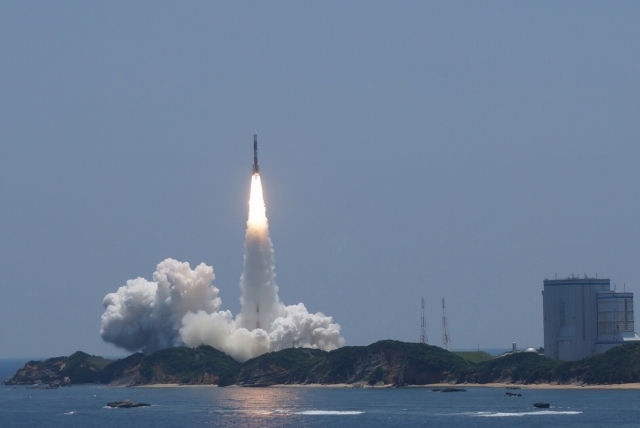
Amami Oshima
Amami Oshima, located between Okinawa Main Island and Kyushu, is the second-largest island in Japan after Sado Island. Dubbed the “Galapagos of the Orient,” the island boasts rich water resources and fertile land, nurturing diverse primeval forests. The mangrove forest in Amami Oshima is particularly famous, being the second-largest in Japan and home to a unique ecosystem. One of the tourist highlights is the “Kuroshio no Mori Mangrove Park,” where visitors can experience the mangrove forest by canoe. Additionally, humpback whales come near the island for breeding and rearing their young every winter, offering half-day whale-watching tours guided by experienced guides who interpret the whales’ movements and provide close-up views of these dynamic creatures.
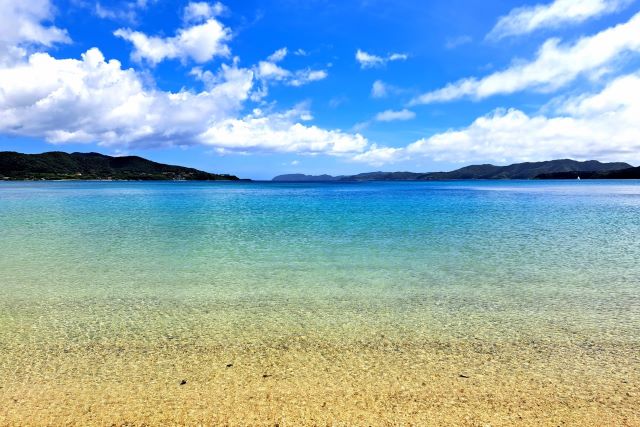
Kakeroma Island
Located about 20 minutes by boat from Amami Oshima, Kakeroma Island has an east-west elongated shape and a circumference of about 150 km. The island has a more laid-back atmosphere compared to Amami Oshima, with cats lounging around and the sound of waves. A notable spot on Kakeroma Island is the Osai Gajumaru, a 700-year-old giant tree. This tree, located in the southern part of the island, is a must-see for tourists.

Tokunoshima
Tokunoshima, southwest of Amami Oshima and covering about 248 square kilometers with a circumference of about 80 km, was registered as a World Natural Heritage Site along with Amami Oshima in 2021. It takes about 30 minutes by plane and about three and a half hours by ferry from Amami Oshima to Tokunoshima. The island is famous for bullfighting, with three major tournaments held annually. It is also known as a “childbearing island,” boasting one of the highest birth rates in Japan. The island features cliffs and strange rocks formed by uplifted coral, with the “megane rock” offering spectacular sunset views.
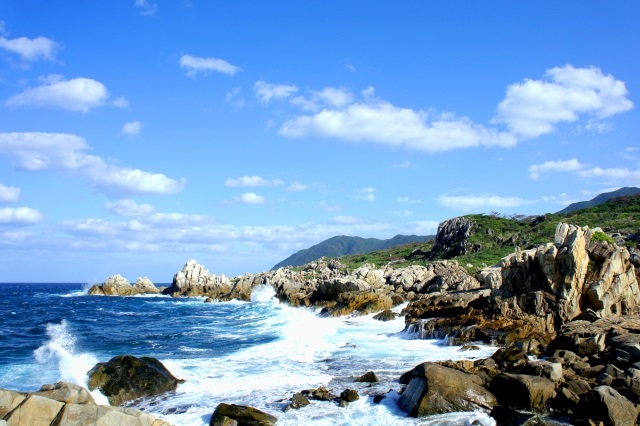
Yoron Island
Yoron Island, located about 23 km from Okinawa Main Island, has been influenced by both Satsuma and Ryukyu cultures, developing unique traditional performing arts. The island is surrounded by clear and beautiful seas, with over 60 white beaches. The most famous is Yurihama Beach, a phantom beach that appears only at low tide and is considered one of the most beautiful spots on the island.
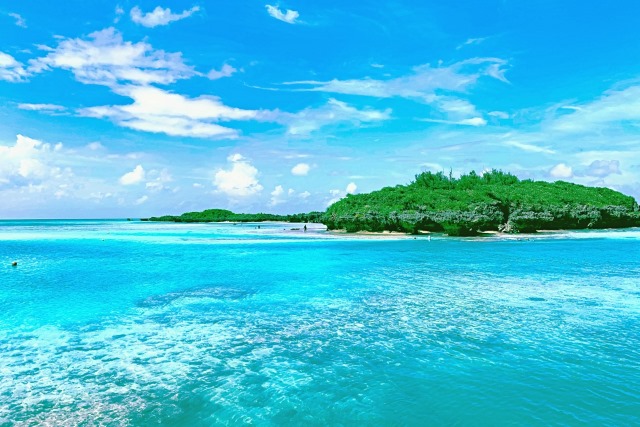
Okinoerabu Island
Okinoerabu Island, 552 km south of Kagoshima and about 60 km north of Okinawa Main Island, has a unique culture blending Ryukyu and Satsuma influences. The island was formed by rare uplifted coral reefs and has an ocarina-like shape. It was featured in the Michelin Green Guide Japan in 2017 and is also known as a filming location for dramas and movies. With an average annual temperature of 22°C, Okinoerabu Island is characterized by its beautiful environment, where subtropical flowers bloom all year round. Moreover, the island is dotted with over 300 caves, earning it the nickname “Island of Flowers and Caves.”
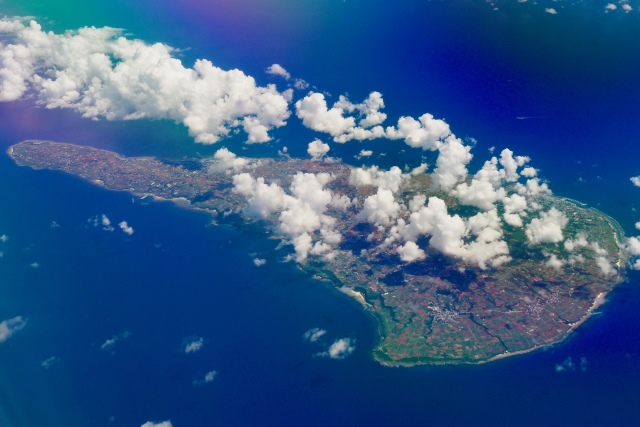
2.Reviews
Tenmonkan
Tenmonkan, in the heart of Kagoshima City, is one of Kyushu’s major downtown areas. The area was named after the Meiji-kan (Tenmonkan), built by the Shimazu clan during the Edo period for astronomical observation and calendar creation. In Tenmonkan, many restaurants offer Kagoshima’s traditional cuisine, such as black pork tonkatsu, Kagoshima ramen, and shaved ice “Shirokuma.” Additionally, it’s within walking distance to tourist spots like the statue of Saigo Takamori. From December to January, Tenmonkan hosts the Millionation, an illumination event featuring one million LED bulbs, captivating many visitors.
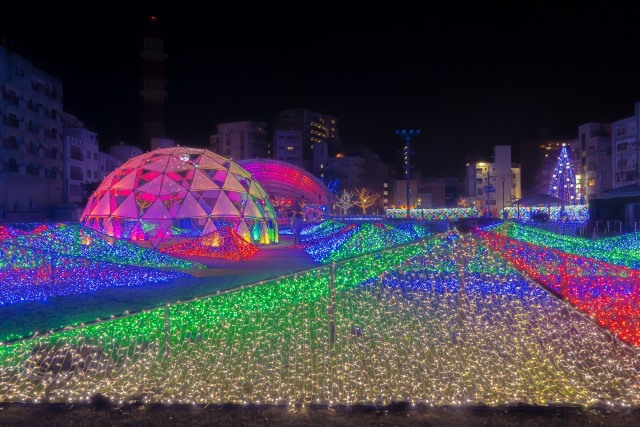
3.Local Food



4.Transportation Information
■How to Get to Kagoshima Prefecture
Kyushu Tourism Organization Official Site (English, Korean, Simplified Chinese, Traditional Chinese, Thai supported)
https://www.welcomekyushu.jp/pref/?mode=kagoshima
5.Map Information
